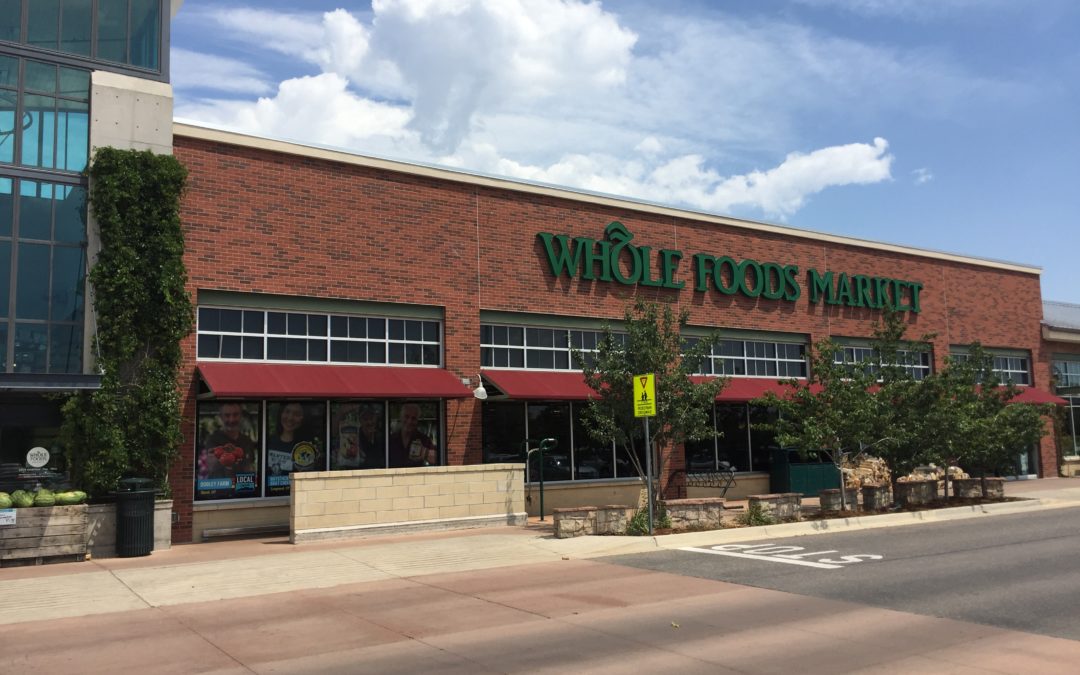There’s been considerable press regarding the impact of Amazon’s Whole Foods deal on traditional grocery chains and large food manufacturers, however, we’re more concerned about the impact this deal will have on small and new brands in the CPG space over the next few years. Three areas concern us most:
- Wholesale Price Pressure
- Getting A Foot In The Door
- Wholesale Distribution
Wholesale Price Pressure
Amazon is expected to ramp up the price wars, and that means suppliers will be pressured to reduce their prices. Whether you’re a big or small brand, getting pressured to reduce your prices comes with the territory. The question is how will Amazon go about implementing price reductions.
While the press is filled with stories about the stock price for large brands, it’s the small and new brands that don’t have the economy of scale on any cost front (variable or fixed) to absorb significant wholesale price compression. If Amazon’s approach is to drive an across the board price reduction, many small brands will be pushed out and the cost of entry for new brands/products will go up.
On the other end of the spectrum, Amazon brings a mix of technical capabilities to the table that recognize differentiation and improve store efficiency so that each store can carry more products. Bringing these technologies to Whole Foods can increase the number of brands and products available to both in-store and online customers.
Getting A Foot In The Door
Whole Foods has historically been a great retailer for brands to establish an initial foothold in the marketplace. Unfortunately, they’ve recently joined a national trend that has been shifting product decisions away from local/regional buyers to corporate buyers that determine which products are carried in all stores. While great for the brands that get selected (assuming they have the marketing and free-fill dollars to cover it), the number of new brands and products that will reach the marketplace will be less than in years past.
The Amazon deal has the opportunity to change this trend by either enabling more local/regional decisions or increasing the number of unique products that each Whole Foods store carries. Amazon has been fantastic at enabling any size brand to get broad exposure online, however, when it comes to CPG, brick-and-mortar exposure is still the driving force.
Wholesale Distribution
It’s very exciting for everyone to talk about ordering groceries online and having them arrive by drone in one hour. Not nearly as exciting is how this deal can impact the way brands get their products to Whole Foods (and Amazon). In addition to gaining a foothold in the natural foods market, Whole Foods has been a path for small brands to get picked up by distributors and thus gain access to more retailers.
Worth watching is if Whole Foods continues to use their current distribution network to get product to their stores or if Amazon will shift everything to their distribution centers. In the latter scenario, small brands will face a greater challenge gaining enough traction to get into distributors if Whole Foods is no longer a driving force to make this happen. Don’t get me wrong, there is upside for brands that supply Whole Foods and Amazon, but if you’re new to the scene the ability to gain regional distribution becomes more fragmented.
As for the drones, maybe Amazon will use them to increase the number of local products at each store by having the drones pickup product from local suppliers after they’ve delivered groceries to a customer.
We don’t have a crystal ball, otherwise, we would have seen Amazon’s Whole Foods deal coming. And although we don’t know what the outcomes of this deal will be, we are confident that it will have a significant impact on the thousands of small brands and not-yet-formed brands in the CPG space.


Recent Comments